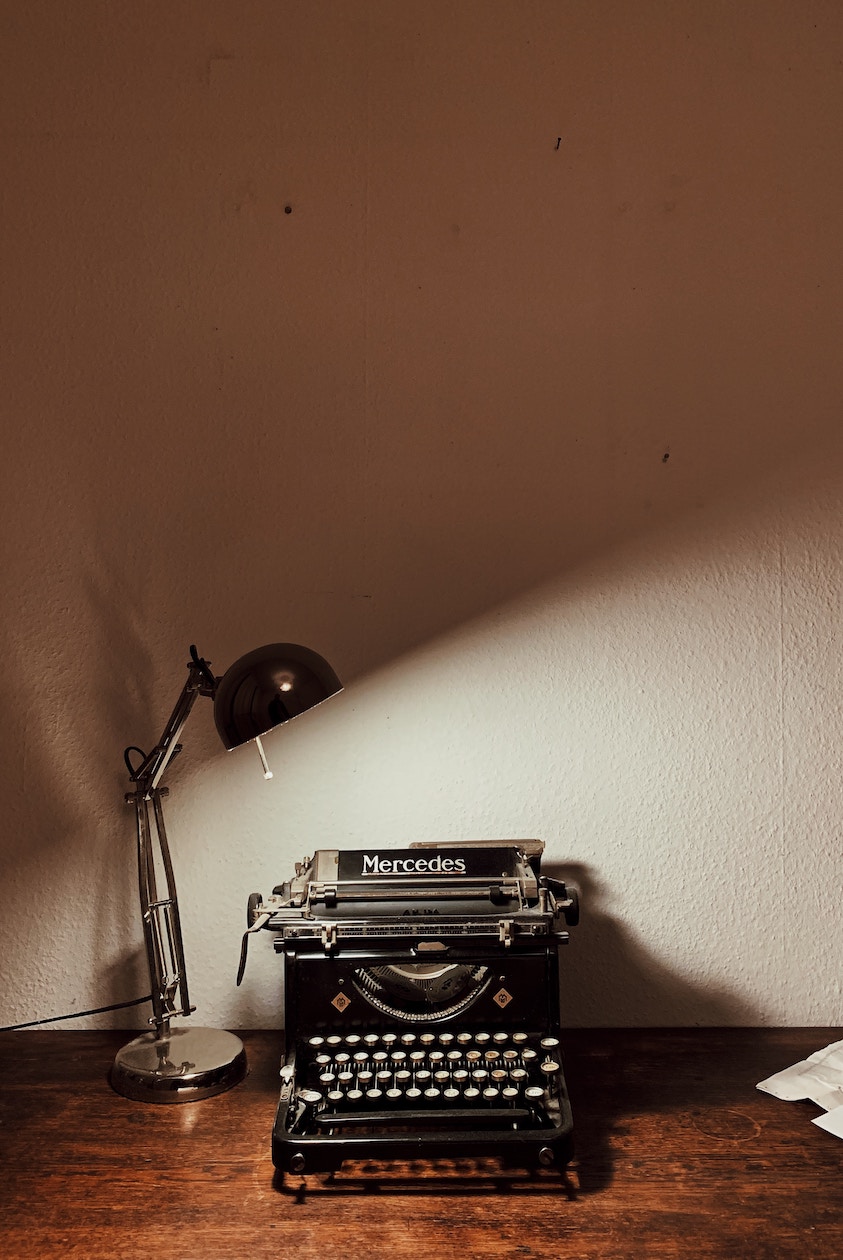
Suzanne Rindell’s The Other Typist is one of those novels that I can’t help picking up. It’s set in 1920’s New York, at a point in history where the city seems to be filled a special kind of glamour and style. Women wear shorter, more daring hair styles and clothing, and are entering the workforce in greater numbers, and in positions that they might have been shielded from previously. The times are full of change, and though a later 1950’s backlash will usher in and reinforce conformity, seeds have been planted that will grow into something approaching the behaviors, mores, and dress codes we recognize as acceptable today.
The Other Typist captures the essence of this moment with its protagonist Rose Baker, a young stenographer working for the New York City Police Department. Initially Rose’s story seems to be straight forward and uninteresting. She’s an orphan, was brought up at a Catholic school and home for girls. She takes her work very seriously, and though she has crush on her Sargent, she would never dream of making her feeling known – she likes that he seems to walk the straight and narrow, and respects that he has a family. Enter Odalie Lazare, she’s pretty much the antithesis of Rose. She is hip and modern, with stylish clothes, bobbed hair and a charming manner that puts everyone at their ease. Rose is by turns intrigued, disdainful, and smitten by the sensual Odalie, and bit by bit is drawn into her dangerous underground lifestyle.
That Flapper Style
The Other Typist is an engaging read, but one which was ultimately unsatisfying. Rose elicits many different emotions and musings as her character is revealed and as the story progresses from one surprising turn to the next. It makes it very easy to keep the pages turning very quickly. What’s her deal exactly? Where did she come from? Can I trust her to tell me the truth of her story? I think in the end there was just too much going on too make it plausible and tangible. I’m all for ambiguous endings, but I had no idea which way was up. More disturbingly, I didn’t feel as if Rindell knew either, and the scenarios she presented did not add up to anything substantial. There were holes there, and a little too much cleverness without being able to connect the dots. That’s frustrating after investing 400 pages in a book. I also didn’t think that if I read it again, it would have made more sense.
Though it turned out to not be my cup of tea, it’s utter bizarreness (probably making up a word) lends itself well to book club discussions. I chatted about it with my Twitter Book club, The Hashtags, and that was an enjoyable experience as we tried to figure out what the hell was going on, and still keep the public convo spoiler free. Yet again, I didn’t get the feeling that any of us understood what happened (neither did other readers).
Anyhow folks, it’s hard to guide you on this one. I thought the story had promise, and engaging writing, but there were ultimately TOO many crazy plot twists and holes to make it worthwhile for me. Many people have loved it for the same reasons, and hey, they’re making a movie.